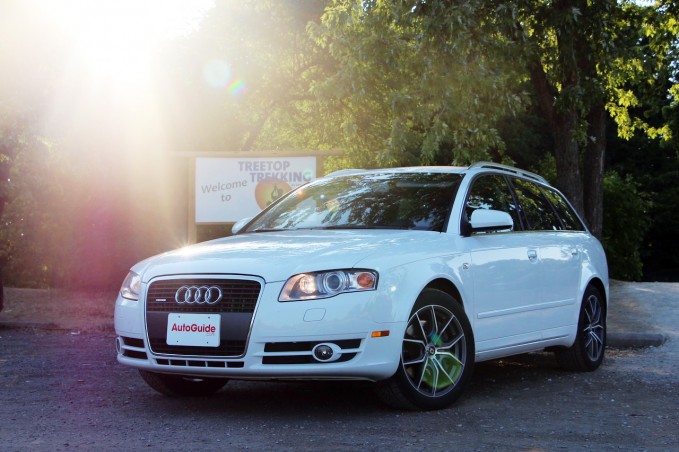Adding new tires and wheels to your vehicle is a quick way to change the look and feel.
It doesn’t matter if you are looking for performance or aesthetics; it is important to understand what you’re doing. This guide will help you understand the terminology and the risks.
1. Where the rubber meets road
All those numbers and letters on the side of your tire? They can be used to indicate some very important information. For example, a 215/55R16/93H is the smallest tire on the Honda Civic sedan. This means that the tire has a section (the distance between sidewall and sidewall) width of 215 millimeters. It also has an aspect ratio (55 percent of the section width), a circular construction (hence the “R”), and an interior diameter suitable for a 16-inch wheel. The load index is the weight of the tire, and the speed rating is the H, which means it can go 130 mph.
2. Hub Size Hubbub
It’s more than about the wheel’s diameter and width. Your vehicle’s bolt pattern could make the difference between wheels that fit or those that don’t. Although a 16-inch wheel with five-lug bolt patterns may look simple, hub sizes can vary depending on the make and model. The bolt pattern is a circle that extends from each wheel stud to the center. The bolt pattern 5×100 would then be five wheel studs, each measuring 100 millimeters in diameter. Before you sign the dotted line, make sure to verify this number.
3. Fitting In
You’ve chosen a wheel that matches the bolt pattern of your vehicle, but how about fitment? Here is where offset or backspacing comes into play. The offset is the distance between the center of the wheel and the mounting surface. Backspacing refers to the distance between the back of your wheel and the mounting surface. The mounting surface is closer to the wheel’s outside edge, which allows the wheel to fit more comfortably inside the wheel well. This allows for more clearance between your vehicle’s suspension components and the outside edge. For a wider stance, a lower offset means that the mounting surface is closer to the inside edge. Fender rub can occur, which is bad for your tire’s life.
The backspacing is measured from the backside of the wheel to its mounting surface. Similar to offset, more backspacing can mean that the wheel is tucked deeper into the wheel well and closer to the suspension components, increasing the chance of rubbing. Conversely, less backspacing will mean that the wheel has more clearance inside.
You need to know that different cars have different offsets.
4. The Plus Side
Plus-sizing, which is adding a larger wheelset than stock, is very popular. It has its pros and disadvantages, such as more grip and a sportier/more luxurious appearance at the expense of a rougher ride. Plus-sizing means that a 16-inch wheel will become a 17-inch one, but the tire’s overall diameter remains the same. This results in a shorter sidewall. A wider wheel means a larger diameter, which is usually measured in half-inch increments. This translates into a wider section width. A combination of a shorter sidewall and a wider section width results in a lower aspect ratio. The Civic’s example shows that the tire would be 225/45R17, compared to the stock 215/55R16. The 17-inch wheel would measure half an inch larger than the stock 16″ wheel.
5. It is important to consider the size of your business.
It all comes down to price. The price goes up as the wheel’s diameter increases. However, this is usually in manageable increments. Tires are where the price jump can really hurt your wallet. Tires can be more expensive than wheels. Depending on the make and model, they can easily cost over $500 per tire.
6. Do not bargain for less.
Although it may seem tempting to purchase a brand new set of wheels for $400, buyers should be wary of poor quality. No one wants a bent, cracked or broken rim. This can also cause damage to your vehicle and other parts. There is a fine line between cheap and expensive, so be careful when choosing a rim. You often get what you pay.
7. Both used and abused
Although the used market is a great place to find tires and wheels at a reasonable price, it can also be a convenient way for people to steal or damage your goods. Check tires for cracks, bends, and excessive wear.
8. Make wise decisions
These forged wheels with super-grippy Michelin Pilot Sport Cup 2 rubber tires might make your heart beat faster, but is it worth adding them to your Nissan Altima? There are many great options available to meet every need. Don’t rush to make a decision and buy only what you need.

